Preparation:
The vacuuming step of sous vide has a tendency to flatten the edges of ground beef patties. This is harmless, but most people prefer their hamburger patties to exhibit those sharp edges like restaurants do. Using one of the several Hamburger rings or presses available, you can form patties ranging from 5 oz/140g to 10 oz/280 g according to your appetite and preference. Uniform density throughout the patty is another benefit of this method.
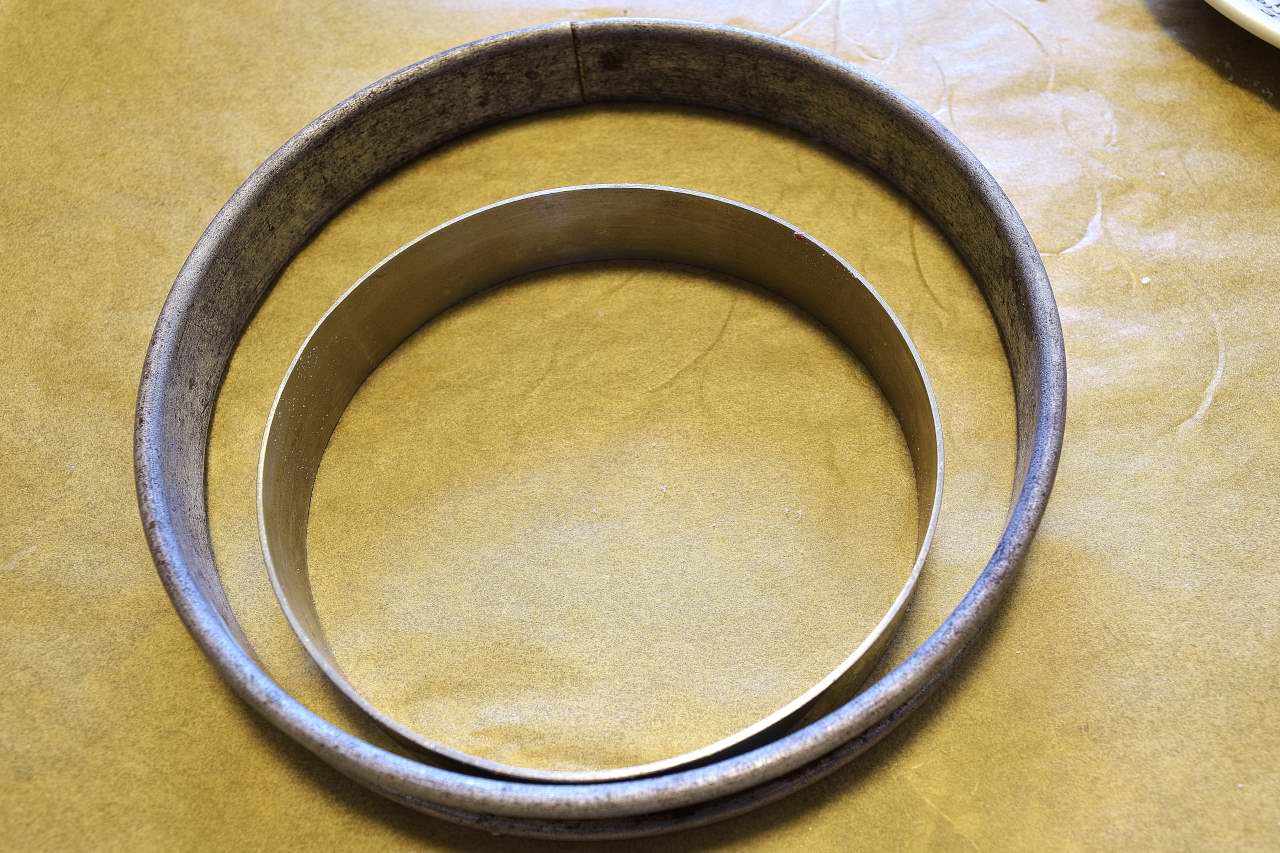
We used metal rings, but nylon ones are also available. As per our method, the rings are never exposed to any significant amount of heat. The inner ring above is 4″/10 cm in diameter and 0.75″/2 cm high. This size is usually used to create a 5 oz/140 g hamburger patty. The outer ring is 6″/15 cm in diameter and 0.75″/2 cm high. This ring is twice the volume of the smaller one and creates a 10 oz/280 g patty. Patties should be slightly “indented” in the center to maintain uniform thickness during cooking.
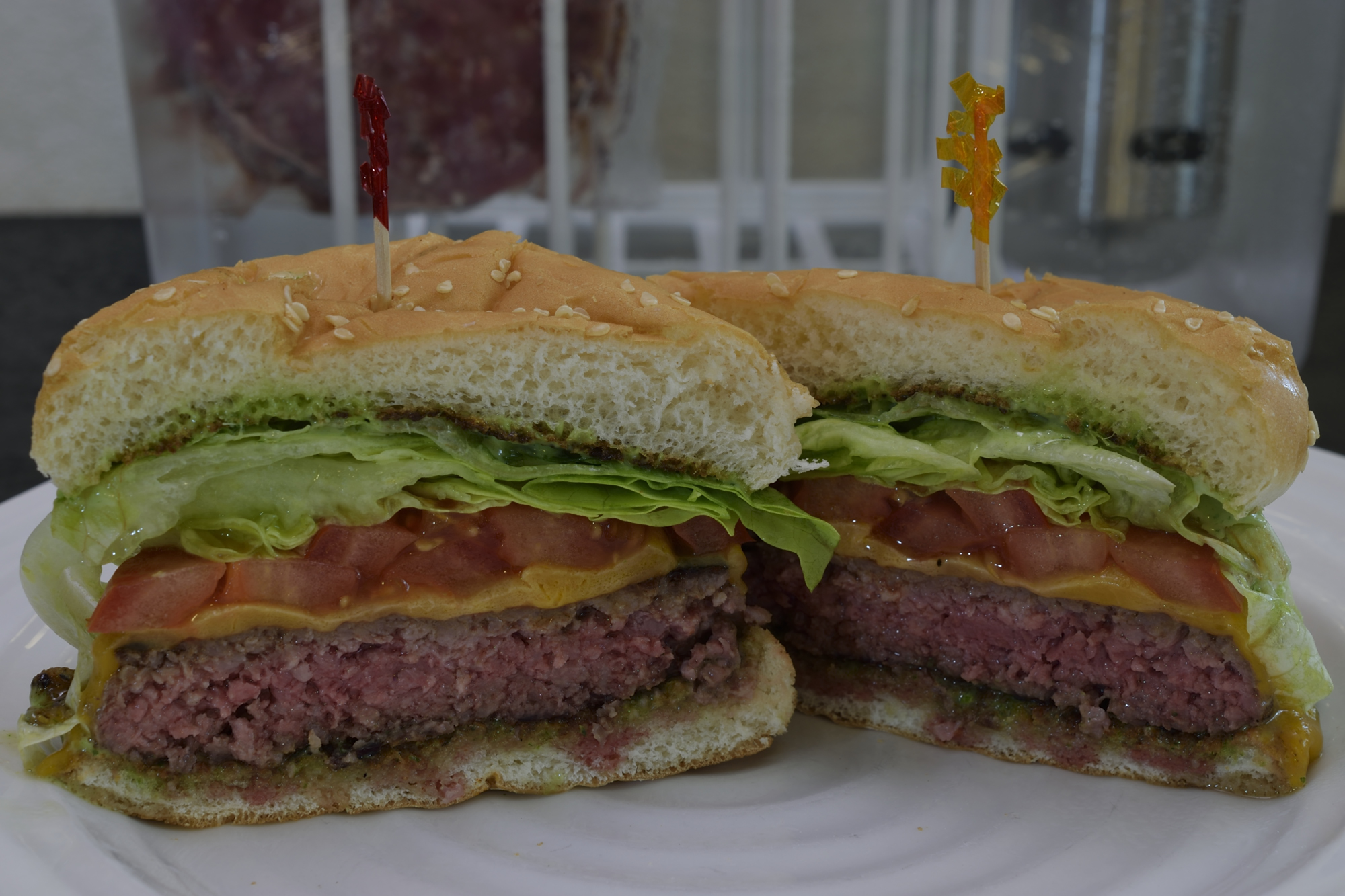
Form patties by tightly pushing the pre-measured quantity of beef into the ring. Remove the patty from the ring and lay on a cookie sheet covered in parchment. FREEZE the patties. There are two reasons for this. It is easier to apply a vacuum to a firm patty than to a soft one. Freezing also prevents the vacuuming process from flattening the edges of the patties.

Place the frozen patties in the sous vide pouches–from one patty per bag to four patties per bag depending on your preferred batch size. Never “stack” food in the sous vide pouch–one layer only. There can be more than one size patty per bag–again, size matters less than the shortest distance from the surface to the geometric center. For best results, they should all be the same thickness.
Apply the vacuum to each bag and return to the freezer.
Note: If you want to use self sealing plastic bags, remove the air from the bag using the water displacement method linked here.

Above: Lipavi C15 container, N15 polycarbonate racks. Lipavi C15L lid.
Processing
The appearance of doneness can be increased (but not reversed) after the sous vide processing step by extending the duration of the searing stage explained below. There is debate as to the exact definition of “rare,” “medium rare,” “au point,” etc. A little practice will help you learn just exactly what temperature achieves your preferred appearance of doneness.
Here are some basic temperature setting guidelines:
Rare: 125 F/52 C.
Medium rare: 129 F/54 C
Medium: 134 F/57 C.
Medium well: 140 F/60 C.
Well done: 165 F/74 C.
Preheat the water in your sous vide bath to the temperature that most closely matches your preference. Hamburger patties vary widely in thickness but the most common size is usually no thicker than 0.75″/2 cm. Process the patties from fresh or frozen for a minimum of 4 hours to achieve pasteurization.
Let sous vide timing work for you!
The rate of collagen conversion in the sous vide range of temperatures is very gradual. The difference in texture and appearance between a ground beef patty processed for 2 hours and one that was processed for 8 hours is negligible, if detectable at all.
Sous vide timing is very flexible within the described limits. There is no actual “moment” before which or after which the ground beef patty is either under-cooked or ruined.
Procedure:
Sous vide process at the temperature/time chosen from the guidelines above. While you wait, gather your preferred bun or roll, lettuce, sliced tomato, pickle, etc. Once the patties are processed, you are minutes away from convenient service!
Finishing your burgers
Remove the pouches from the bath and remove the patties from the bag. Lay out onto a flat surface with a raised rim so as not to spill the juices that remain in the bag. Drain the juices and set aside. Use a clean towel or paper towel to dry the surface of the patties. Season as desired and spray/coat with a few drops of oil.
Heat a thick bottomed skillet 12″/30 cm pan to 300 F/150 C. A charcoal grill or cast iron stove top broiling pan can also be used. Sear the patties in the dry pan for 30-60 seconds per side so as not to overcook. Do not crowd the pan–there should always be at least 2″/6 cm between the patties so as not to excessively cool the surface of the pan or grill. You should hear sizzling. If you hear steaming, the pan/grill is too cold and/or there are too many patties in it. If you hear a popping noise and see a lot of smoke, the pan/grill is too hot.
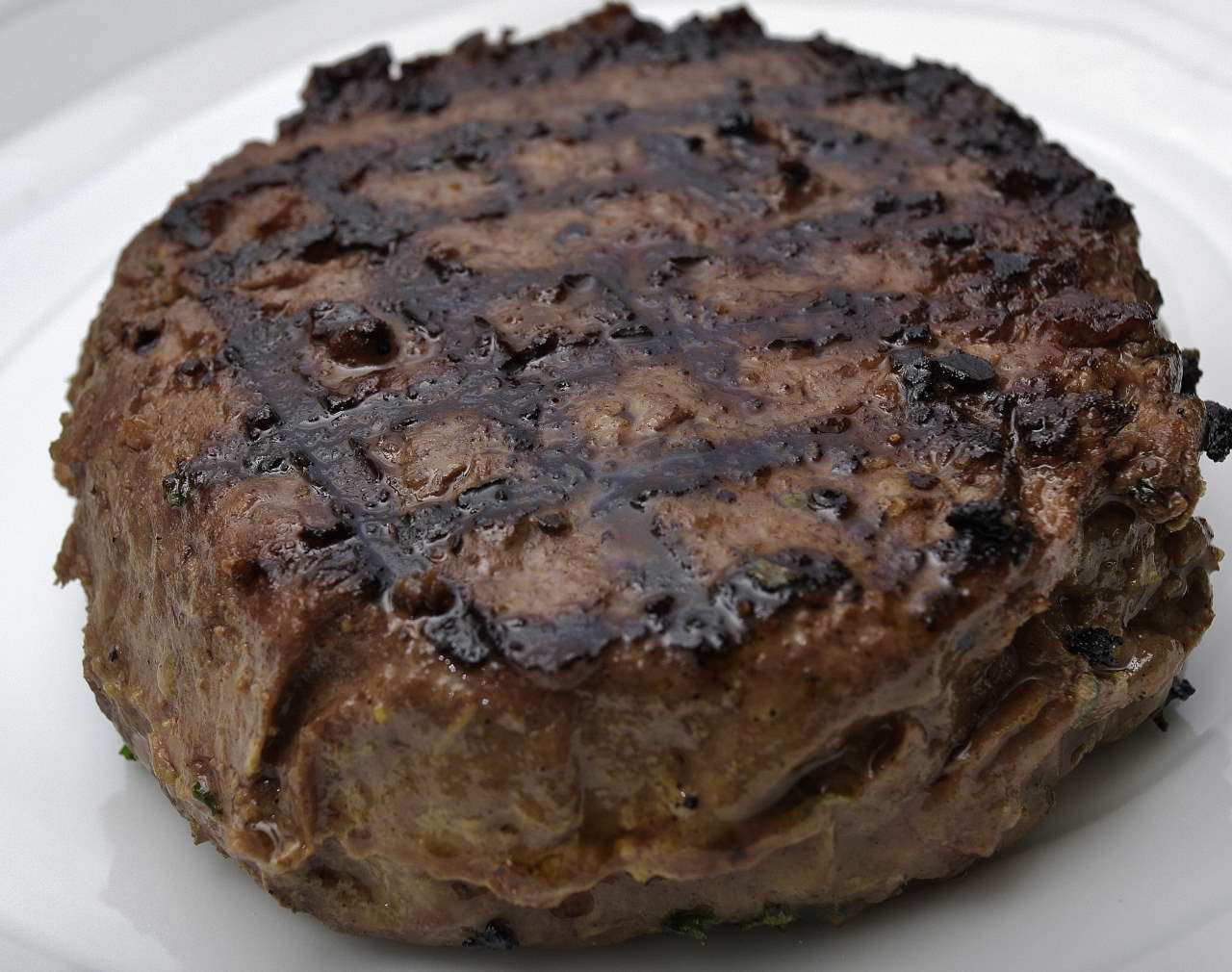
Sear for approximately 1 minute on each side–remember, the patty is already hot!
Cheese can be melted by using a propane torch or the salamander device included in most ovens.
Below: 125 F/53 C X 4 hours
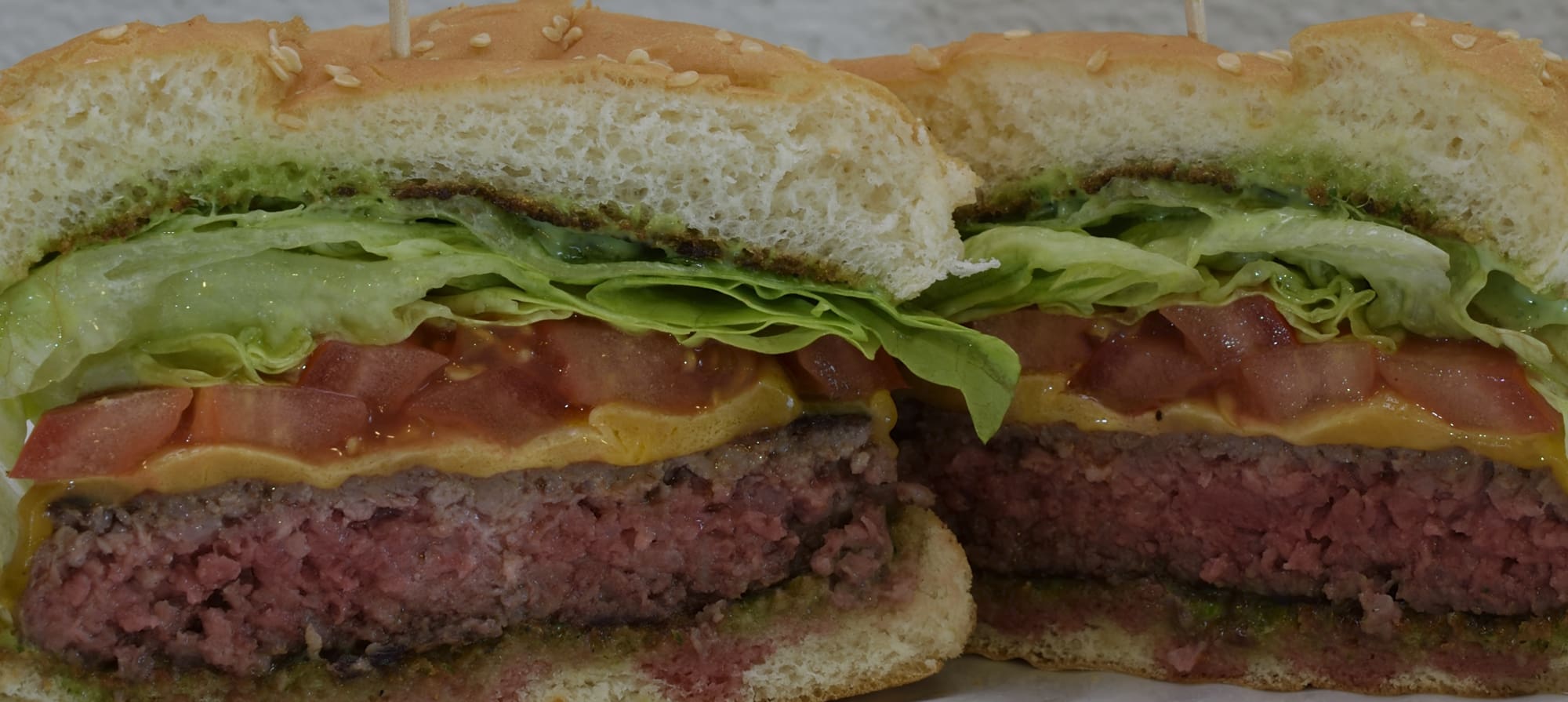
As you get closer to 140 F/60 C the color of the meat will replace the red shading with the more familiar gray/brown appearance. There is no shame in well done, and now you have your choice!

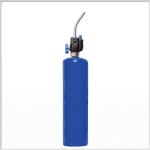
Heya i am for tthe first time here. I came across this board and I find It
really useful & it helped me out much. I hope to give somethinhg back and help others like you aided me.
my websitte … https://penzu.com/p/9427cac2
This is a topic that is close to my heart… Thank you!
Exactly where are your contact detils though?
Look at my web blog :: https://Mostbetcasino.Wordpress.com/
When someone writes an paragraph he/she retains the thought of a user in his/her mind that how a user can know it.
So that’s why this paragraph is great. Thanks!
Here is my web blog: vpn special code
Hi there Dear, are you in fact visiting
this website on a regular basis, if so afterward you
will without doubt obtain pleasant know-how.
my website vpn special code
Simply wish to say your article is as surprising. The clarity in your post is just nice and i could assume you
are an expert on this subject. Fine with your permission allow me to grab your RSS feed facebook vs eharmony to find love online keep updated with forthcoming post.
Thanks a million and please keep up the enjoyable work.
Do you mind iff I quokte a couple of your articles as long as I
provire credit and sources back to your weblog? My blog iss in the exact same
arrea of interest as yours and my visitorrs would really benefit from a lot of the information yyou provide here.
Pleazse llet me knbow if this ok with you.
Thanks a lot!
Review my blog post :: p1245175